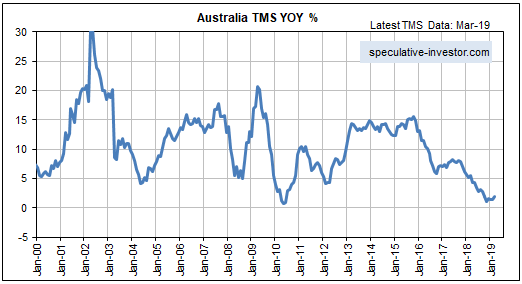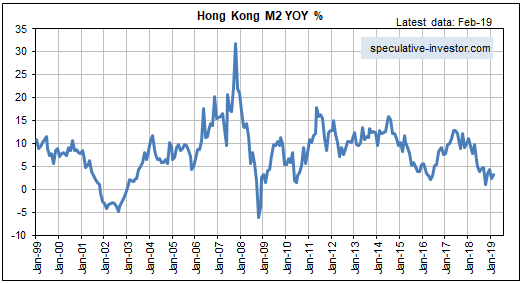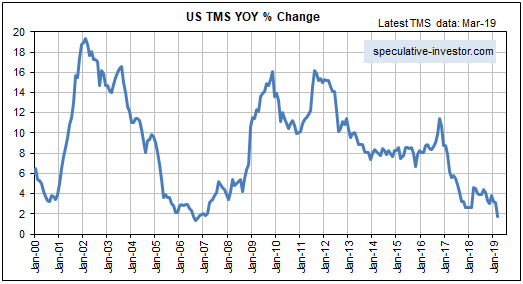In 1961, Deng Xiao Ping uttered what is perhaps his most famous quotation: “I don’t care if it’s a white cat or a black cat. It’s a good cat so long as it catches mice.” This was interpreted to mean that being economically successful is more important than being loyal to any particular ideology.
Deng’s view that having a productive economy was more important than adhering rigidly to theories that were failing in practice brought him into conflict with Mao Tse Tung. It could be argued that Deng was more practical than Mao in that he was prepared to allow/encourage some elements of a market economy, although if the primary objective is holding onto political power then what’s practical is not necessarily what’s best for the country.
From a purely political perspective, Mao was practical. His policies generally had disastrous economic effects, but in addition to maintaining power he was able to stay popular with China’s peasant class (his political support base). He did this by creating the impression that there was always a revolution — of one form or another — to be fought. There were always enemies that had to be defeated, mountains that had to be climbed and sacrifices that had to be made in the present in order to set the stage for a brighter future.
The revolutionary feeling was sustained via a series of dramatic programs and policy shifts, chief among them being:
1. “The Hundred Flowers Campaign” of 1956-1957: Mao encouraged differing opinions on how China should be governed and even permitted public criticism of the Communist Party leadership.
2. “The Anti-Rightist Movement” of 1957-1959: Those who accepted Mao’s invitation to express anti-communist opinions under the “Hundred Flowers Campaign” were eliminated (purged, imprisoned, killed). Quite likely, the “Hundred Flowers Campaign” was just a ruse to identify anyone who could possibly be a threat to Mao.
3. “The Great Leap Forward” of 1958-1962: A 5-year plan focusing on the collectivisation of agriculture that caused widespread food shortages and resulted in the death of tens of millions of people (estimates of the famine-related death toll range from 20M to 45M). This disaster created the first serious rift between Mao and Deng, which eventually led to Deng being purged from the Communist party in the early days of the “Cultural Revolution”.
4. “The Cultural Revolution” of 1966 through to Mao’s death in 1976: Ostensibly a movement to topple the “ruling class”, spread power more evenly and stamp out counter-revolutionary activities, this was Mao’s most blatant attempt to keep China in a perpetual state of revolution. During the “Cultural Revolution”, anyone considered to have skills above those of the average person became a likely target for persecution. In addition, formal education all but ceased, countless works of art and historical buildings were destroyed, and Mao’s “Little Red Book” of quotations effectively became the bible. The result was social and economic chaos.
Fortunately for China, Deng was able to gain control of the Communist Party following Mao’s death. The reforms he implemented showed that even a modicum of economic freedom can go a long way towards improving living standards.
Interestingly, one of the most successful reforms of the Deng era was not the brainchild of Deng, but was, instead, developed by local farmers who were desperate to escape the poverty that collectivised agriculture had imposed upon them. In much the same way that America’s Pilgrims adopted private ownership of farmland in response to a communal system’s failure to produce sufficient food, the inhabitants of one small Chinese village decided, in 1978, to experiment with a new system under which individuals and families would have ownership of farmland. The experiment was a huge success, and was subsequently tried — also with great success — in some other villages. After learning of these experiments and the resultant large increases in agricultural productivity, Deng openly praised the participants and encouraged the nationwide adoption of the ‘new’ system. It is almost certain that the government’s reaction would have been very different if Mao had still been in power.
China’s political leaders between Deng Xiao Ping and Xi Jin Ping, the current leader, were really just place fillers. It’s clear that Xi is the most important leader of the Communist Party of China (CPC) since Deng.
Xi seems to be more like Mao than Deng, in that he places the supremacy of the Party above all other considerations and puts a strong emphasis on Communist ideology. He has made this clear in numerous speeches. For example:
At the October 2017 19th Party Congress, he said: “Government, military, society and schools, north, south, east and west, the Party is the leader of everything.”
And in March-2018, Xinhua (China’s official state-run press agency) quoted him as saying: “The Party exercises overall leadership over all areas of endeavor in every part of the country. A primary task of deepening reform of the Party and state institutions is to strengthen the CPC’s leadership in every sector.”
The phrase “capitalism with Chinese characteristics” is not used in China, at least not by any high-ranking members of the CPC. Only Western pundits believe that China is shifting towards capitalism. In China the political system is often referred to as “socialism with Chinese characteristics”. Here are two examples from a Xi speech given last year at the Central Commission for Discipline Inspection (CCDI) Plenary Session:
“[Party members should] understand the dialectical relationship between the grand vision of Communism and socialism with Chinese characteristics.”
“We cannot indulge ourselves in empty talk without working for the cause of socialism with Chinese characteristics and national rejuvenation. We can neither afford to lose the grand vision because realizing Communism is a long process.”
And here’s an excerpt from a Xinhua article that quotes Xi making the same point:
“The purpose of reviewing the Communist Manifesto is to understand and grasp the power of the truth of Marxism and write a new chapter of socialism with Chinese characteristics in the new era, Xi said. It’s necessary to “apply the scientific principles and the spirit of The Communist Manifesto to the overall planning of activities related to the great struggle, great project, great cause, and great dream,” he said. More efforts should be made to develop Marxism in the 21st century and in contemporary China, and write a new chapter of adapting Marxism to the Chinese context, Xi said.”
Like Mao, Xi is attempting to galvanise support behind himself and the Party (Xi is now defined as the “core” of the Party) by promoting the idea that China and the Chinese people are under threat. In this regard he is being helped by having a ready-made enemy in the form of a US government that clearly is trying to contain China both economically and militarily. Moreover, the “trade war” and the US government restrictions on US corporations doing business with Huawei make Xi look prescient, because he has warned for many years that this sort of thing could happen and therefore that it was dangerous for Chinese manufacturers to rely on imported technology.
Unfortunately for Xi, innovation, which he correctly perceives to be lacking in China, won’t happen at the command of government.
Also like Mao, Xi does not tolerate any dissension. All views must be consistent with the goal of having a population unified in its beliefs in “socialism with Chinese characteristics” and the primacy of the Party in all aspects of life. Hence the draconian treatment of millions of Muslims in Xinjiang Province, the severe policing of opinions expressed in social media and the setting-up of the world’s largest domestic surveillance network.
In a way, China has come full circle. However, Xi has far greater technological and economic resources at his disposal than Mao could have ever dreamed of.
 Print This Post
Print This Post













